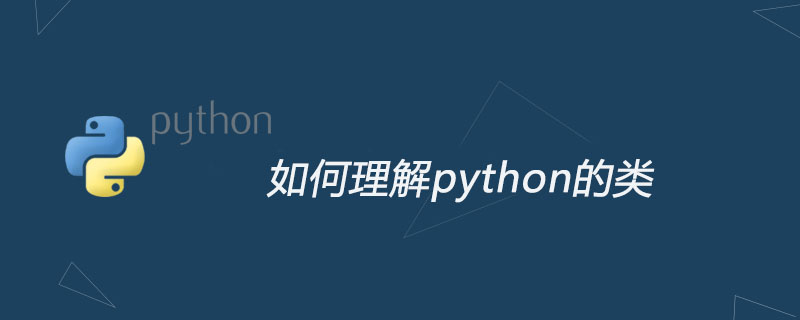
As a newbie who has just started Python, I don’t understand the concept of classes. When should I define a class and what is the role of this class? After reading a lot of books and web pages, I can summarize it as follows:

##Class (class): class is a classification of a class in real life. An abstraction of things with common characteristics, used to describe a collection of objects with the same properties and methods.
Reference code: (Recommended learning: Python video tutorial)
# 定义“人”类
class Person(object):
class_name = "人类"
#初始化时需要给“人”分配一个名字name
# 工作时长 working_time则留给“男人”和“女人”去分开定义
def __init__(self, name):
self.name = name
self.working_time = None
#定义一个方法,它能输出工作时长
def work(self):
print(self.working_time)
#还可以定义其他方法
# 定义“男人”类, 它需要“继承”“人”类
class Man(Person):
def __init__(self, name):
# 调用“人”类的初始化方法以完成继承
Person.__init__(self, name)
# 定义工作时长
self.working_time = 8
# 定义“女人”类,它需要“继承”“人”类
class Woman(Person):
def __init__(self, name):
# 调用“人”类的初始化方法以完成继承
Person.__init__(self, name)
# 定义工作时长
self.working_time = 6
print(Person.class_name) # 输出 人类
zhangsan = Man("zhangsan")
print(zhangsan.working_time) # 输出 8
Lisi = Woman("Lisi")
print(Lisi.working_time) # 输出 6Python Tutorial column to learn!
The above is the detailed content of How to understand python classes. For more information, please follow other related articles on the PHP Chinese website!